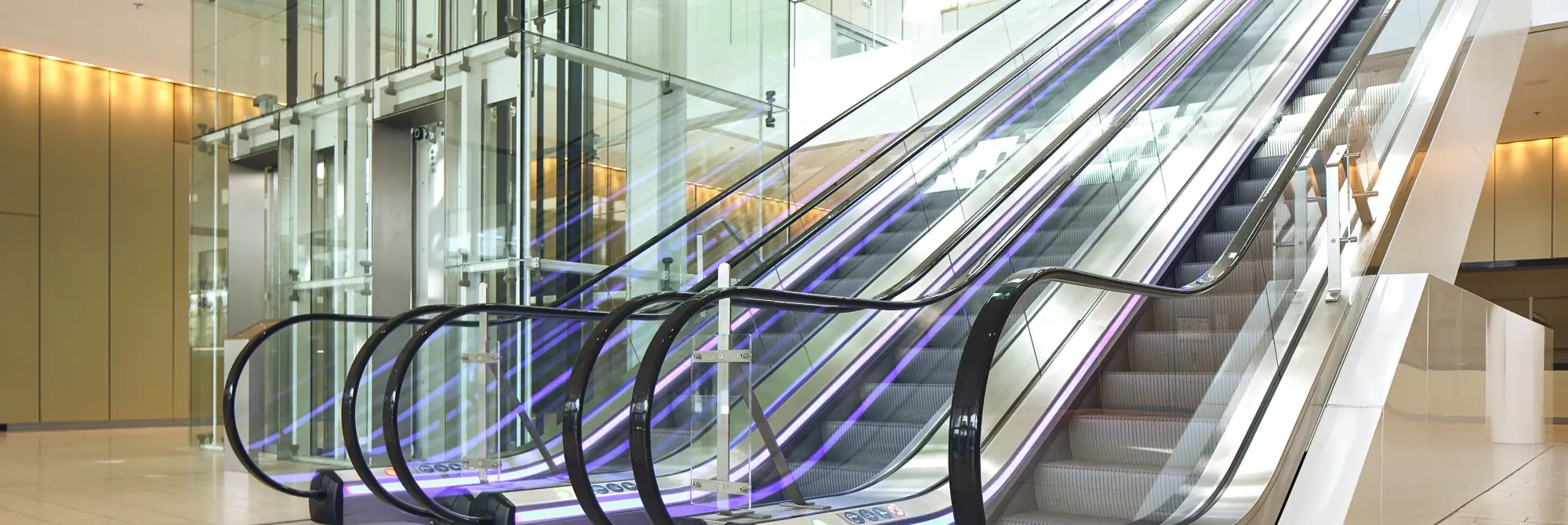What is the first thing that comes to your mind when you think about escalators? Perhaps a busy shopping mall, a tall and sleek office building, or a bustling and colorful airport. Places such as these, where we spend time and make memories, have become reliant on the fresh and exciting technology that escalators have to offer.
If we freeze at this moment in time, it would be frustrating to be in a rush and see that your airport has no escalator. Having to carry your luggage with you while climbing the stationary stairs and hoping that you don’t drop your suitcase would be such a hassle. Escalators aren’t just part of a day-to-day experience, they are expected and depended upon to provide ease to all. But back in 1859, the first man to patent this idea of a moving staircase, Nathan Ames, would be told that this idea was merely a dream. A machine that could move thousands of people in an hour without them needing to take more than a step was unthinkable.
Soon enough, the world would see this dream become a reality as the first ever functioning escalator was installed at the Coney Island Old Island Pier in 1896 by a man named Jesse W. Reno. Following the major success and popularity of this escalator, he then installed another at the famous Brooklyn Bridge in New York where an unimaginable future of possibilities had opened for the transportation industry.
After these huge breakthroughs, the escalator only continued to soar and became more developed. The list of escalator arrangements grew, and new escalator layouts were being released frequently. This concept of a moving staircase that could effortlessly transport people from one floor to the next had become commercial. Escalators were being seen as accessibility friendly and could help others save time by lessening the effort it took to climb tiring stairs.
One of the main reasons that escalators could be easily trusted is because they are open, and the passengers can clearly see how they function. From the handrail that follows along with the rider as they ascend and descend to the tracks it runs on – it is a transparent machine in the ways of functionality. The emergency stop button is also always included for safety and helps put consumers’ minds at ease.
Though the escalator has grown and changed over time, it’s remained a great form of transportation and a quick way to get from one floor to the next. They come in all shapes and sizes, with the latest and most contemporary escalator arrangements growing ever more popular.

 United States
United States


